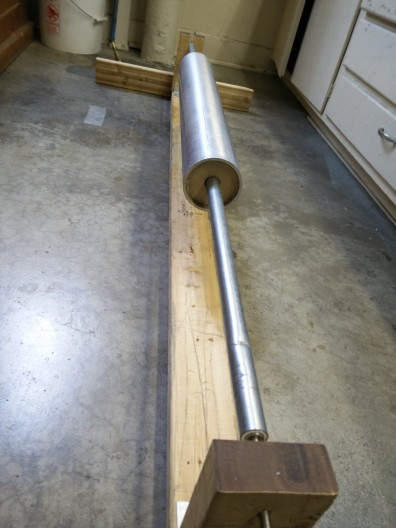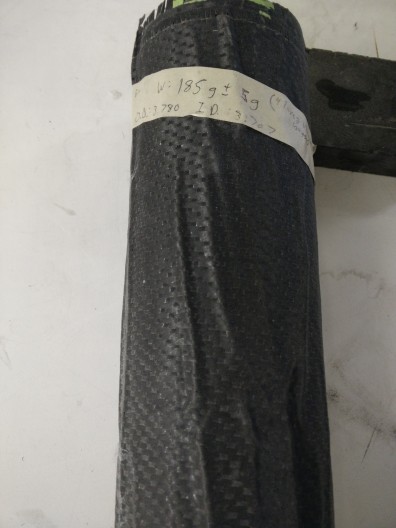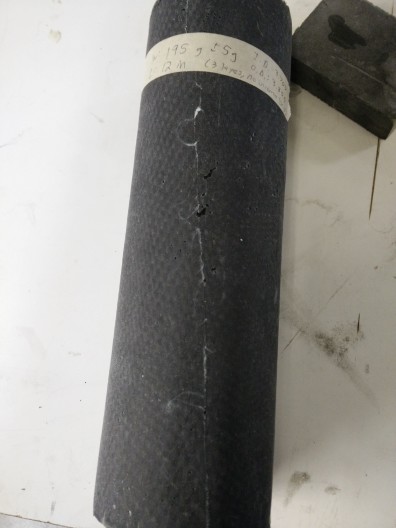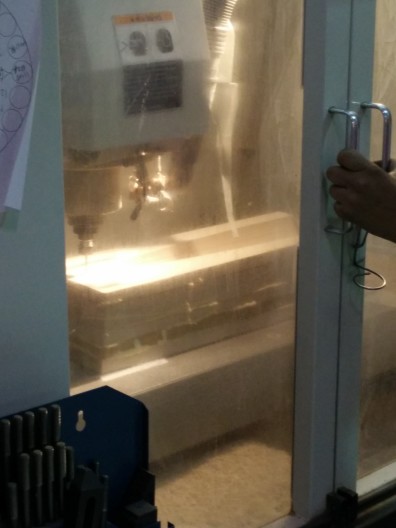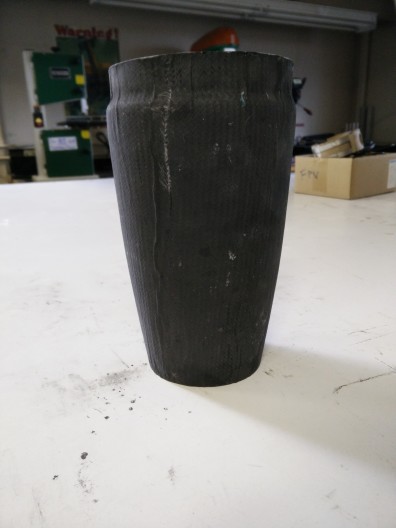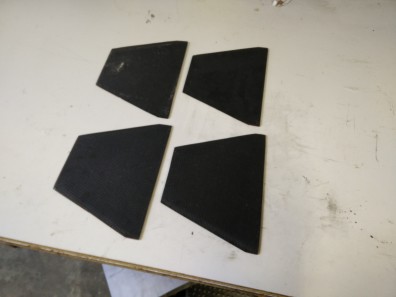Aerodynamics has been working on manufacturing the fuselage tube for the past couple of weeks. A mandrel was created to hold the body tube for the layup process. They started out with a single layer of carbon fiber and vacuum bagged it. The result- fantastic layup, no wrinkles, very nice finish.
The 2nd and 3rd layups returned less than ideal results unfortunately. 3-4 layers of CF were used for each. Each of the layers had epoxy run through them and pressed out(similar to a prepreg) before being placed on the aluminum tube. This would allow for less movement of each layer when placed onto the tube. The idea was that this would help reducing wrinkles. Each of the layups were placed into a vacuum bag and into the oven to cure. This step seemed to create the most wrinkles. Even though breather was placed around the tube, there were areas that bunched up when the vacuum sucked out all of the air. Thus, they resulted in veiny tubes. Although these can be sanded down, the process reduces the strength of the tube.
The 4th test was great! The team had a near perfect layup. What changed?! They didn’t use the vacuum bag during the curing process. Instead, after they were done applying epoxy, peel ply was wrapped around the tube and the whole tube went to cure in the oven. The ending result looked spot on. Zero wrinkles and and smooth finish. The thickness with 3 layers was close to .1″.
The Von Kármán nose cone was chosen for its low drag and high volume characteristics from subsonic to supersonic. The Von karma shape is a common nosecone profile in rockets of this size. The nosecone mold has been CNC’d and already had a test layup.
Gelcoat was applied 7 times and sanded and smoothed with each added layer. Now, its so smooth that you can practically see your reflection.
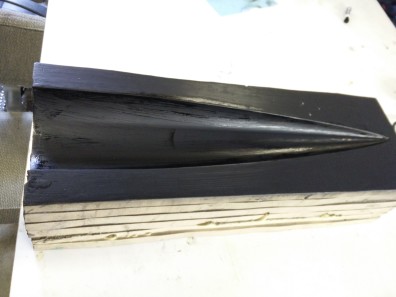
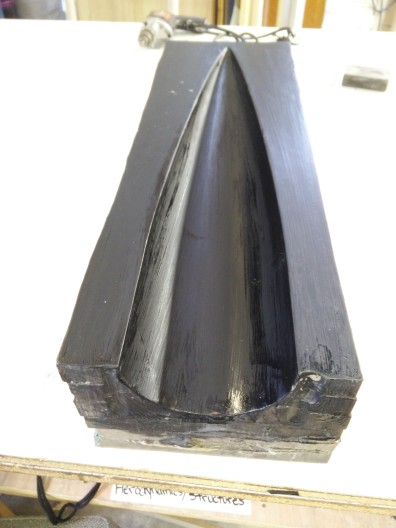
A boat tail is being used to improve the overall aerodynamic shape of the rocket and reduce the amount of drag. The boat tail is also being used to hold the motor casing in the rocket. Initially, the mold started out as turned down foam, was sanded multiple times, filled, and sanded again resulting in a clean smooth surface. The foam plug was covered in layers of fiberglass followed by a carbon fiber sleeve to add strength and match the rest of the rocket.
Fin Profile- The hexagonal airfoil was chosen for its low drag performance, durability, and simplicity. Constructed out of BirchPlywood layered with Carbon Fiber.
